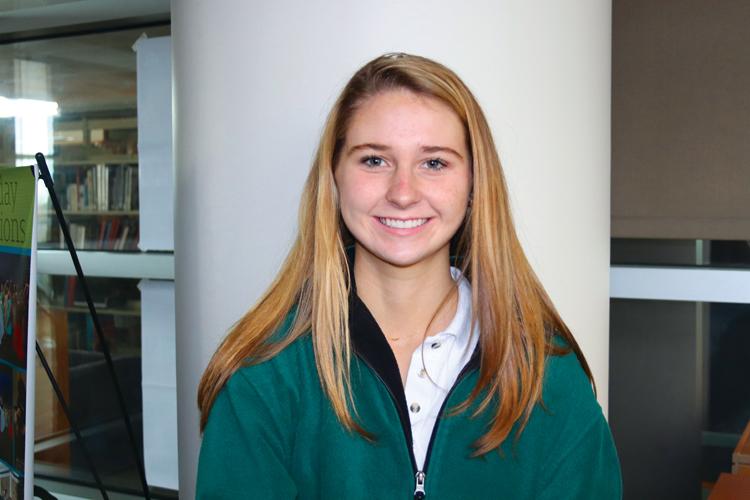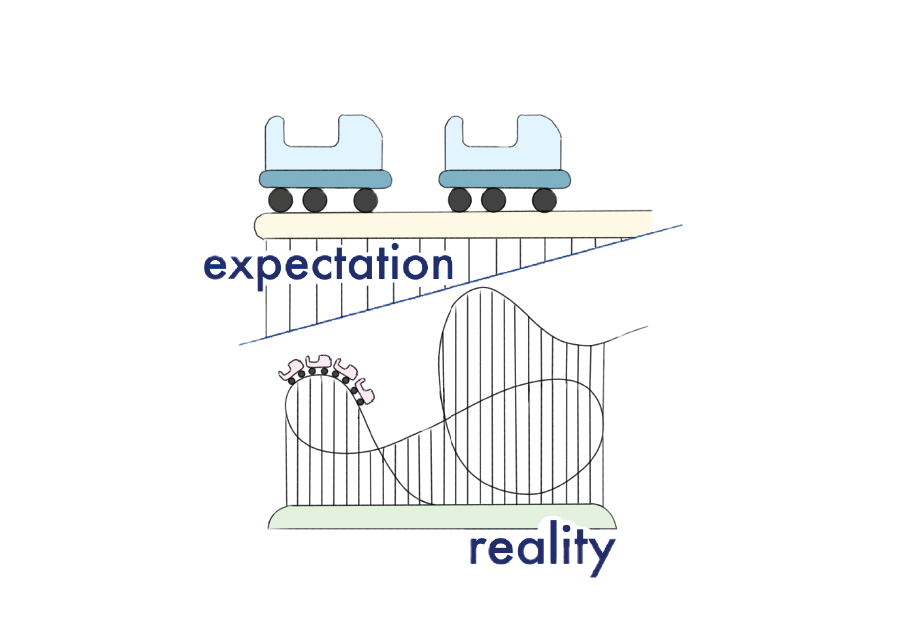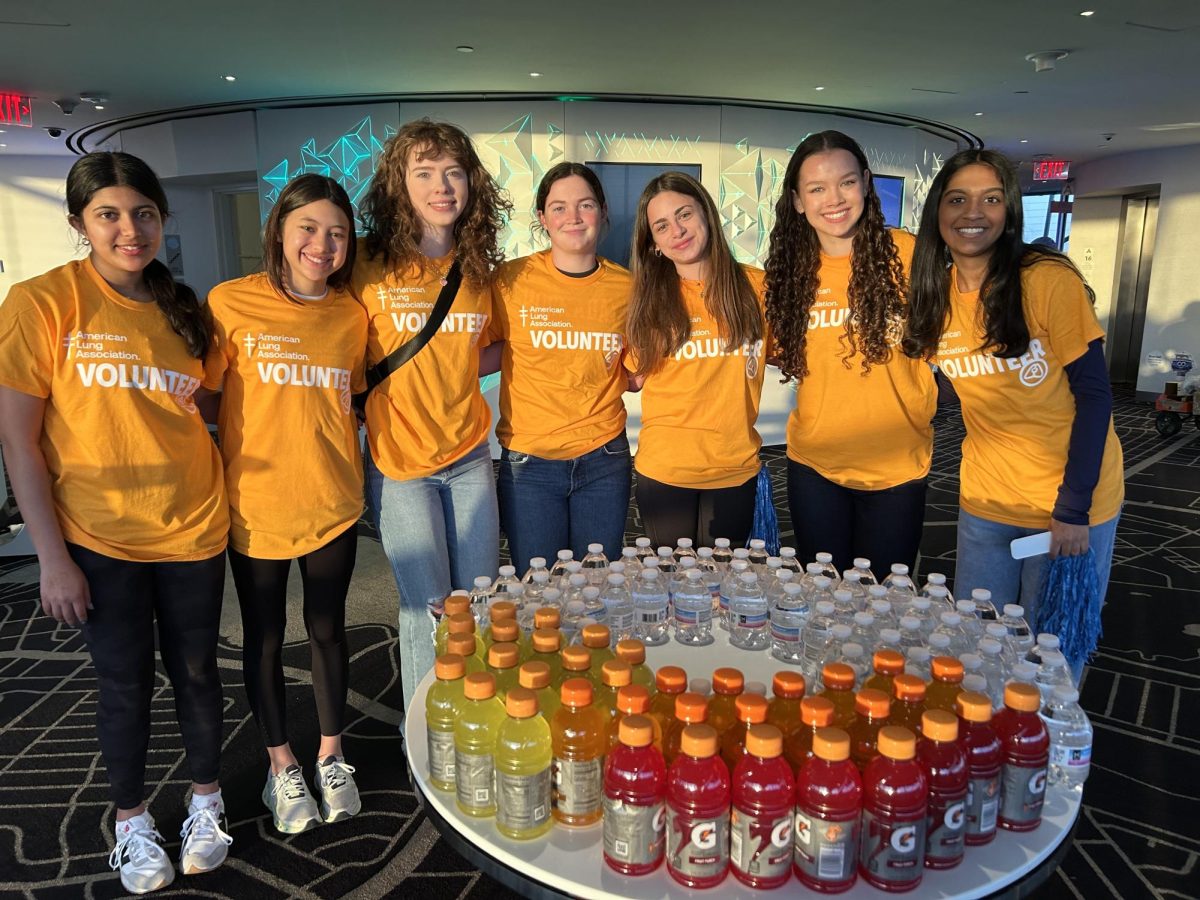Dancing in their iconic two-piece uniforms, the Dallas Cowboy Cheerleaders have gained fame across the country. Do the Cowboy Cheerleaders celebrate female empowerment or serve as symbols of a sexist system?
Feminist Role Models
By Shea Duffy
The Dallas Cowboys Cheerleaders have come a long way since their installation in 1960 under the name of the “CowBelles & Beaux.” Back then, these women served as independent and empowering icons in the midst of a sexual revolution of sorts in the United States.
To this day, the Dallas Cowboys Cheerleaders are still the same empowering women they were almost 60 years ago. This becomes clear the second one looks past their bigger-than-life hair, impeccable makeup and spray-tanned skin and recognizes the women for the incredible things they do—on and off the field.
In 2006, the CMT network began airing “Dallas Cowboys Cheerleaders: Making the Team,” a reality TV show exposing the tryout process and a behind-the-scenes look at the cheerleaders’ lifestyle. The show makes it apparent that every single one of the women auditioning is willing to endure the many obstacles, emotional and physical, to have the privilege of becoming a Dallas Cowboys Cheerleader.
“Making the Team” also reveals that the hundreds of young women who audition each year to be a part of arguably the most renowned NFL cheerleading squad in the country are told upfront that being a part of the team should not be seen as a way to make a suitable living. Every woman on the squad is either a student or holds a full-time or part-time job.
On the field, these women flaunt the historical two-piece and perform alongside Ezekiel Elliot and Dak Prescott, but off the field, they are attorneys, nurses, medical school students, accountants, business owners, dance instructors, doctors and more.
One of the most common arguments against the cheerleaders is that they promote the sexualization of women and are exploited by the team and fans alike. However, the intensive training the cheerleaders undergo to perform, especially given their iconic jump-splits are broadcast on the largest screen in the NFL, should not be ignored. Discrediting their talent, passion and hard work under the guise of over-sexualization only reveals a larger issue with society’s need to objectify women, not with the women themselves.
In a 2018 New York Times article titled “How the Dallas Cowboys’ Cheerleaders Became Improbable American Sports Icons,” former DCC Dana Presley Killmer contradicted that toxic belief.
In the article, Killmer noted, “When you use a word like ‘exploitation,’ it implies coercion. It implies you’re taking advantage of someone to do something against their will. These people who tried out to be Dallas Cowboys cheerleaders, thousands of them each year, would have given their right arm to be in that spot.”
Underpaid and Over-Sexualized
By Catherine Sigurdsson, Business Manager
Cheerleading has been a significant part of the NFL for decades, with many women trying to become part of the squads of various teams. However, cheerleading has transformed from hyping up the stadium to serving as eye candy, with little to no regard for the cheerleaders beyond their appearance. The Dallas Cowboys cheerleading squad, a prime example, is no longer meant for boosting spirit, but rather for enticing viewers through sexualization, thereby earning more money for the team and the NFL.
The Dallas Cowboys Cheerleaders have faced their share of issues; in fact, former cheerleader Erica Wilkins’ filed a federal lawsuit against the Cowboys in June 2018. The lawsuit states that the cheerleaders’ payment then, $8 an hour and a flat $200 for game days, was less than that of “Rowdy” the mascot, who then earned $25 an hour and $65,000 a year. Reportedly, since that dispute, the Dallas Cowboys Cheerleaders’ pay has boosted to $12 an hour and $400 for game days.
This complaint does not address the fact that cheerleaders must also pay hundreds of dollars for their own uniforms despite their inadequate wages, as well as the amount of work besides cheerleading they are required to do. This includes modeling for calendars, appearing at charity events, swimsuit shoots and more.
Furthermore, there is the issue of uniforms, which are little more than glorified swimsuits. The sheer amount of skin these women must show further objectifies them, turning them from athletes into objects to ogle. A TMZ Sports article from 2015 sums up the NFL’s outlook on cheerleaders.
“Roughly 1,000 of the hottest chicks in Texas went down to Houston this weekend … to try out for a spot on the Texans cheerleading squad … and TMZ Sports has pics from the smokin’ hot audition,” opens the article, which focuses on pictures of the tryouts.
However, the Dallas Cowboys cheerleading squad is a part of Dallas culture and thus should not be completely eliminated. Rather, the over-sexualization of the cheerleaders needs to change, along with their meager pay, expensive uniforms and extreme rules. Without these changes, the Dallas Cowboys cheerleading squad (and all squads in the NFL) will become a thing of the past, antiquated by their flashy costumes and glaring inequality.
Story by Shea Duffy and Catherine Sigurdsson







